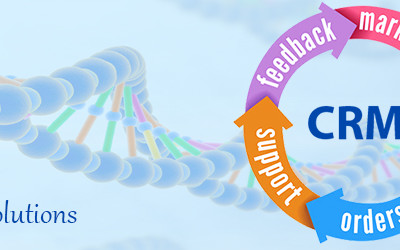
CRM Finance Features List
CRM for financial services is like CRM in no other industry.
Sign up to get FREE CRM Trial
CRM Finance is all about KYC (Know Your Customer), onboarding, householding, AML, FATCA and other processes that have no similar comparisons in other industries. I’m going to use this blog post to show how managing and automating these financial services industry processes within CRM software satisfies users, increases productivity, contributes to a 360 degree customer view and lowers overall IT cost.
KYC and Onboarding
KYC is predominantly a risk mitigation technique designed to prevent financial services firms from being used, intentionally or unintentionally, for illicit or illegal activities.
Know Your Customer processes are designed to verify client identity, adhere to banking regulations and CRM Finance with a plethora of compliance measures such as anti-bribery, identity theft, money laundering and terrorist financing. The most common KYC processes focus on client onboarding (i.e. client identity), new policy onboarding and monitoring of client financial transactions.
From an operational perspective, using onboarding process guides in the CRM software increases ease of use, ensures compliance steps (both the sequence and completeness of steps) and provides a visual queue of where a client’s process stands at any point in time. The CRM system can also then be used for client or KYC alerts, notifications and reporting, such as the Incomplete KYC report I create for pretty much every financial services client. Below are two sample illustrations of onboarding process guides that are part of the client contact record in the CRM system. The first is a 5 stage KYC new customer onboarding and the second is a 4 step new Life Insurance policy.
Fortunately, when KYC processes are part of the CRM system, financial services companies can achieve a two-fold objective of risk mitigation while at the same time repurposing the data for client account management purposes. More on this opportunity later in this post.

Householding
Few financial services firms fully recognize the household relationships among their customers – which results in a significant lost opportunity for up-sell, cross-sell and growing client relationships. The householding process I’ve implemented using CRM software can start simple. For example, use a query to show all customers that have the same home telephone number or the same home address, and then apply a workflow or business rule to link those accounts using a Relationship field. When an Advisor recognizes that a credit card holder is the 16 year old daughter of portfolio customer who is her father, he can use that information to suggest auto insurance policies, college financing options or getting the daughter started in an early savings plan or even a portfolio plan that matches some of the father’s plan elements.
Compliance
Compliance in the financial services industry is a lot like safety in the airline industry. Its non-conditional and even small deviations can produce devastating effects. Fortunately, compliance mandates can be facilitated with CRM Finance. In fact when client compliance requirements are embedded within the client management system the processes can be automated using the data captured in the KYC and onboarding processes. This greatly accelerates cycle times, decreases manual activities and reduces the number of applications that then have to be integrated and managed. For a video example, you can check out how CRM can achieve FATCA compliance.
Below is a screenshot showing FATCA and AML compliance tasks as part of the CRM system contact record.
By including compliance as additional steps in the CRM system, as opposed to using separate applications, users get a real-time view of the complete customer relationship. This also provides a single location to apply workflow automation and get client reporting.
Client Account Management
It’s important to remember that while compliance is mandatory, the business purpose is to acquire and grow customer relationships. Fortunately, when designed in a holistic way, compliance measures can actually feed business development processes.
Financial services client account management techniques are many and varied. However, an approach somewhat popular in North America and the Caribbean is the FORM technique. FORM stands for Family, Occupation, Recreation and Monetary and seeks to capture data in these categories in order to understand what’s important to each client and leverage this information for relationship building.
Below are some partial sample FORM categories and fields I’ve appended to CRM software contact records (also note the Household relationship field link).



